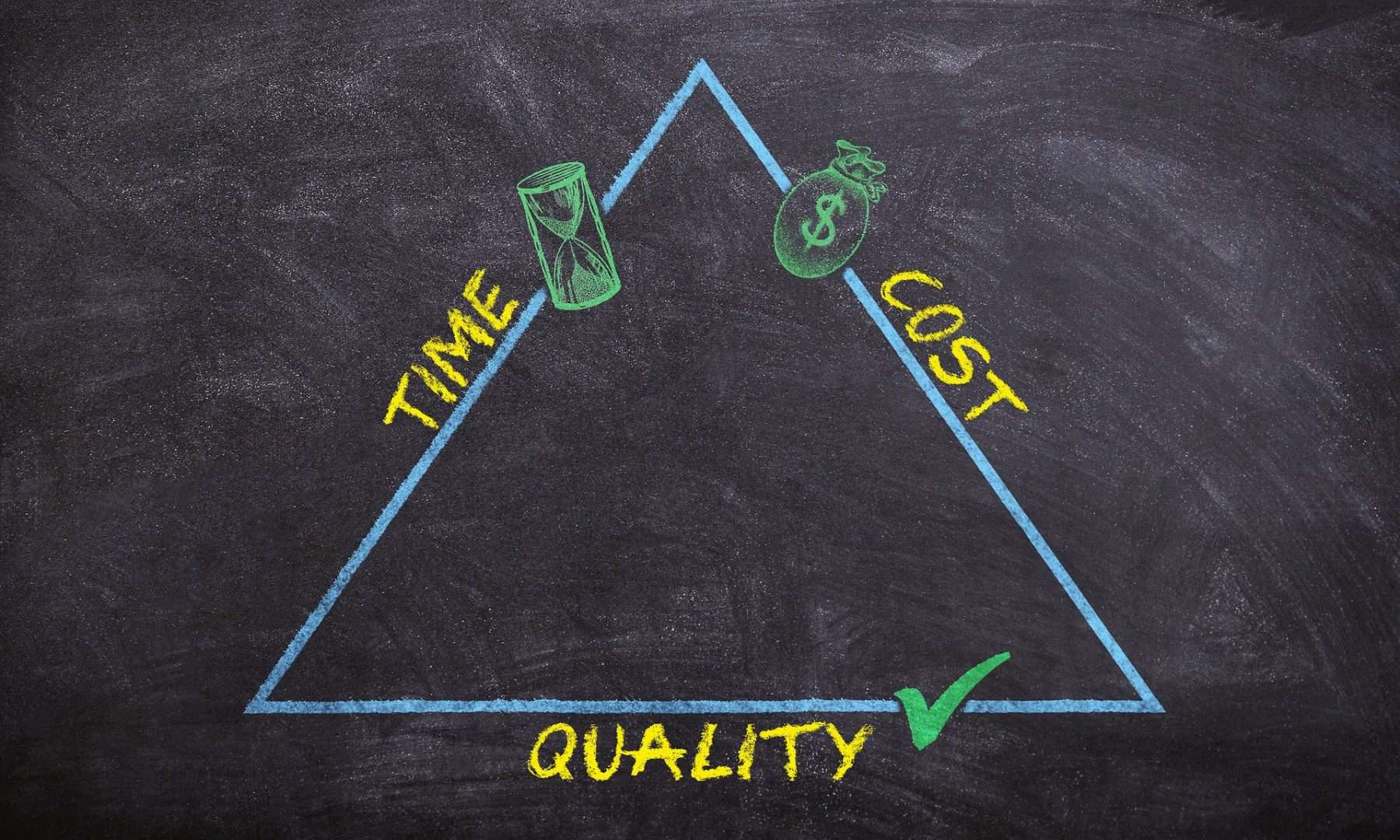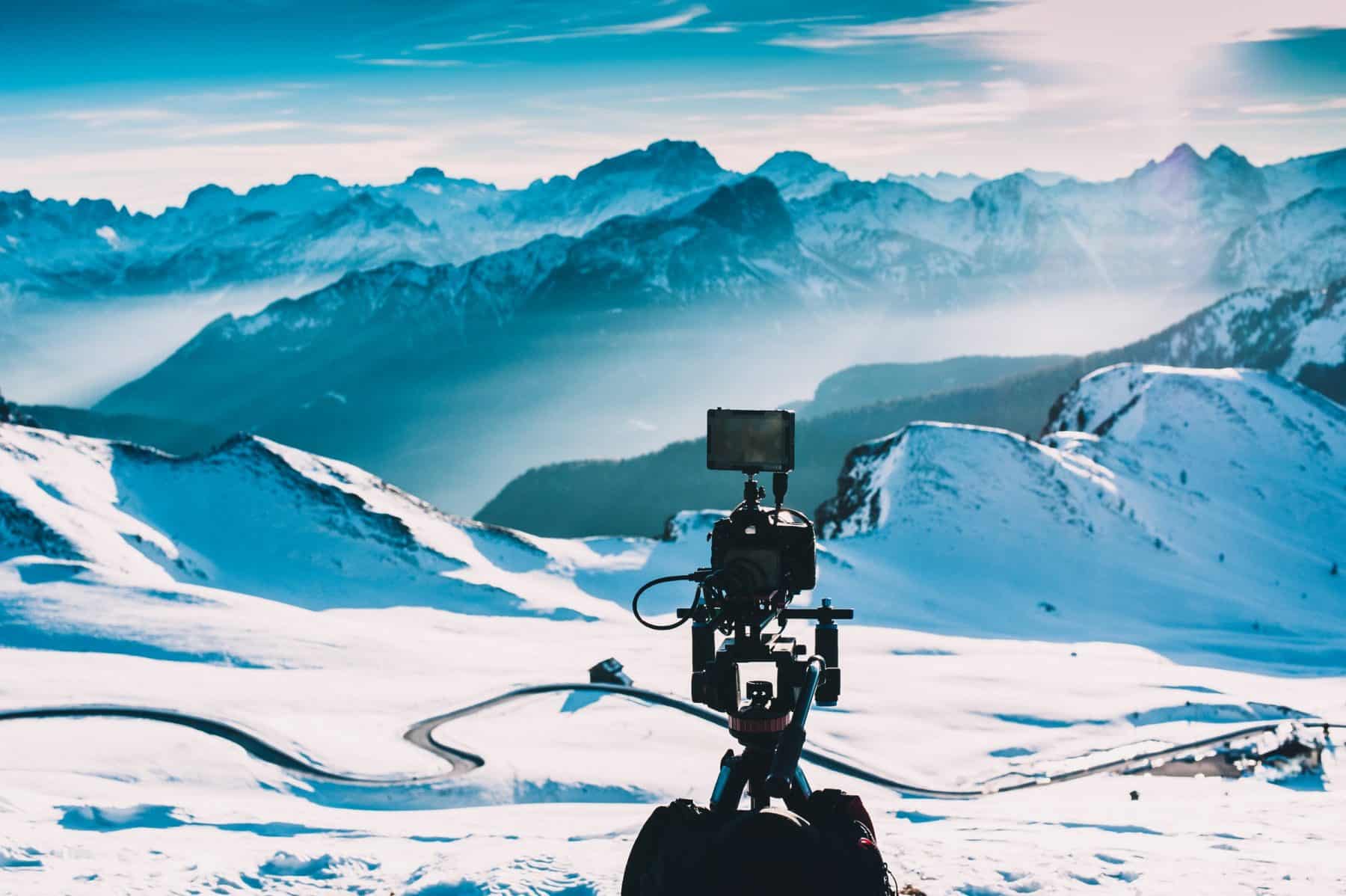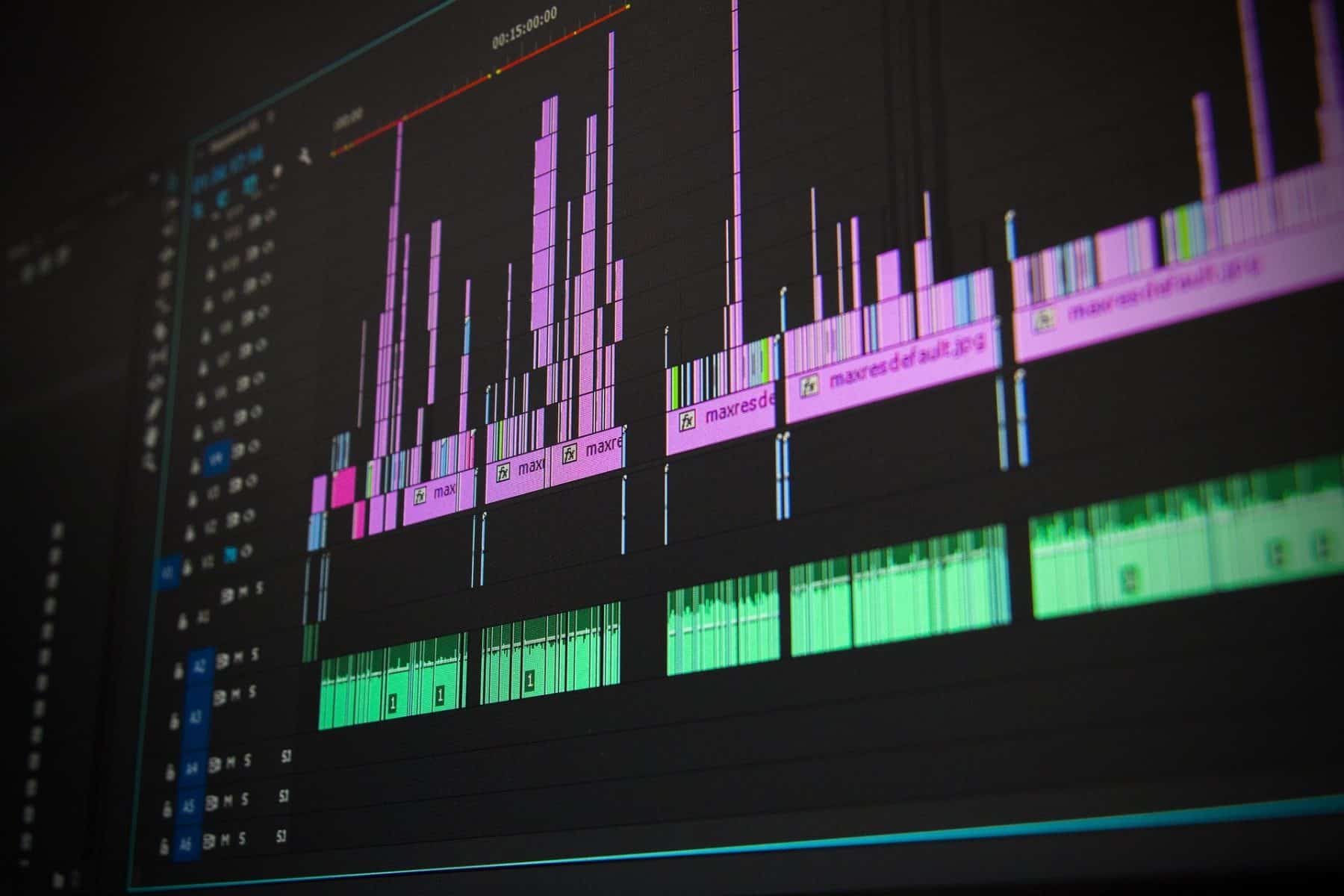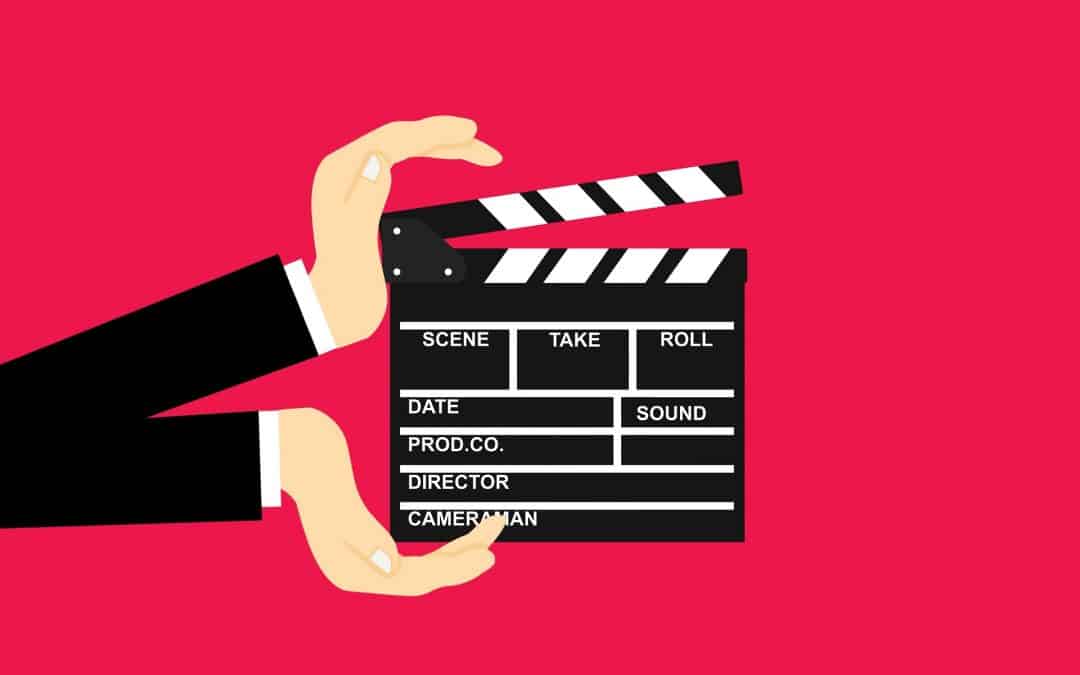On the face of it, video production can sound like a costly endeavour however, costs can vary from production to production. Depending on the quality and style of production, you can easily spend roughly 5k on a production to 100k plus. Whether you’re looking to produce a blockbuster editorial piece to a video for social media, there are various financial factors that you should consider. Producing a video can really drive a profitable return for your next marketing campaign. This article will explain some of the key features of video production costs.
How much does it cost to shoot a video production?

Most general corporate video production projects in Australia can cost between $2K to $25K – end to end. In some cases, it can be more or less. On average, production houses charge clients based on a set price (depending on the project requirements) or on a per hour basis. There are various factors that contribute to the bottom line. The first key driver to video production cost is ‘quality’. If you are looking for a low production quality video, you would most likely pay the equivalent – vice versa, a high-quality production, you will be expected to pay more. If your video requirements include elaborate scenes with multiple talent, shot in multiple locations, you are likely to pay more. The second key driver to video production cost is ‘technology’. Depending on the calibre of technology used to produce your video, your production price tag will reflect such asset. Digital video technology, lighting and sound has come a long way – advanced technology can be expensive and therefore, it reflects the price you pay. Finally, the third factor is ‘expertise’. This applies across the whole production from your producer, sound technician, presenters and more – the better the skills and expertise of the crew and production house the higher the cost.
Pre-Production
The pre-production stage is a critical stage in the video production process. This is where most of the planning is executed. In the first phase of pre-production stage should include the following: budgeting, storyboard development, communication strategy development and scripting. Once this is completed, you will have a framework to refer to. The second stage should include the following: talent casting, hiring crew (if required), manage legal releases and permits, scouting/securing locations, development of production schedule and final preparation tasks before production day. Most of the components should be included in your initial costs excluding any third-party fees. If any of the pre-production components take longer than anticipated to complete, in most cases clients may expect a revision. One way of reducing some the costs associated in this stage, is by managing each task in-house.
Equipment and Videographer Costs
Using the right equipment and hiring the right videographer is paramount to a quality video production. Equipment costs can vary for from a case by case basis – recording equipment, field monitors, quality sound and lighting equipment can cost at a minimum $70K plus. A cinema grade camera from Cannon can cost at the bare minimum $45K plus. You can hire equipment from specialist equipment rental stores however, we advise that you engage a production house instead. Professional production houses usually have a range of cameras and technology at their disposal. They can also provide you with the technical advice required for your video project. A production house should be familiar the equipment they own. There is a learning curve associated with the use of technical equipment, so it is best you engage a professional for the sake of efficiency and time. Furthermore, equipment rental can be extremely expensive and can be limiting. Productions should run smoothly, not as an experiment. Costly errors on production day can be disastrous.

Videographers can cost anywhere from $250 to $1,500 plus, per hour, depending on experience. Usually, these costs are incorporated into your project price. Some production houses employee a crew of producers, crew members and directors as a one stop shop, making it easier to manage the process. We don’t recommend outsourcing each individual component as the process can be technical – it’s best to leave it to the experts.
TV Commercial Video Production Costs vs. Social Media Video Production Costs
The cost of producing a tv commercial in comparison to a social media video can dramatically vary. Television commercials that run on a free-to-air basis, must comply with a stringent vetting process. This can include running the commercial through classification standards. Due to the nature of television, producing a commercial requires a high overall quality production standard, using state of the art equipment, a strategic storyline and effective communication. As a result, a television production can be a high-cost project due to the number of edit and compliance issues. Usually, a media buyer will purchase network airtime. Once you have produced a commercial, your advertisement will be distributed to your chosen network through an agent. These final steps are additional costs, separate to production. On the flipside, social media is relatively flexible. Distribution is straight forward and simple. There are not many video limitations required and the process is less onerous. You have the opportunity to develop a low-end or high-end video project without much push back.

On Set Video Production Costs: Location, Travel and Talent
On set production costs can again vary against the level of intricacy required. Some of the factors you have to consider is travel and location costs. You may be required to obtain certain permits or location releases depending where you are filming you may need to consider travel. All of these costs fluctuate on a case by case basis. You may require talent for your project. Acting rates usually change depending on whether you have engaged a talent agency or not. Generally speaking, if you engage with talent directly, you can expect to pay around $50 – $150 per hour. For well-known actors or presenters, you may need to engage a talent agency and their prices can vary across the board. Working with talent with experience is best practice – this ensures smooth sailing on the day. In some higher end productions, you may need to hire stylists, make-up artists and creative directors. Finally, you may also be expected to pay for catering on the date of production for all of the cast and crew. Most of these costs are not applicable to all productions but this is a rough idea of the investment that is needed.
Post Production: Editing

One of the last steps to the production process is editing. For a corporate video production, for an hour worth of filming, it can take an editor 5-7 hours to edit. Roughly speaking an editor can cost up to $200+ per hour. Again, a production house may incorporate such cost into their base rate. Work that is above and beyond the brief may incur additional costs. Hiring a quality video editor is key! Video editing can tedious and requires sophisticated technical skills it’s one of the most time-consuming processes in video production journey. Editors can spend hours sifting through content, colour-grading and matching visuals with audio. High-end productions commonly employ a suite of technical editing professionals however, this is not necessarily required for every project. Finally, applying digital assets, graphics and music to a video can require licences fees, if they are not produced in-house. Buying such assets from third parties can be cost-effective solution.

